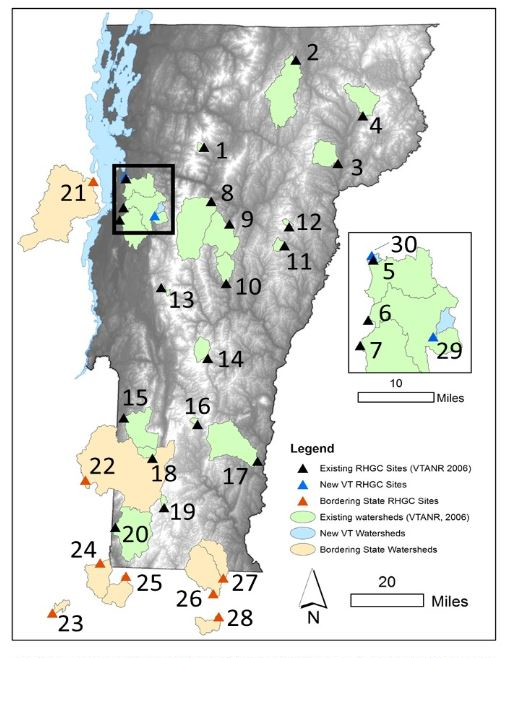
Project C05.2018: Leveraging High-Resolution LiDAR and Stream Geomorphic Assessment Datasetsto Expand Regional Hydraulic Geometry Curves for Vermont: A Blueprint for NewEngland States
Principal Investigator
Dr. Kristen L. Underwood
Co-PIs
Dr. Arne Bomblies
Dr. Donna Rizzo
Institution:
University of Vermont
Project Status
Completed
Project Cost
$145,138
Start Date
06/01/2019
Project Type
Competitive
End Date
09/31/2021
Agency ID
69A3551847101
Sponsors:
Office of the Assistant Secretary for Research and Technology, University Transportation Centers Program, Department of Transportation, University of Vermont .
Implementation of Research Outcomes:
Updated regional curves are publicly-available for use by transportation
departments of the New England states, as well as engineers and scientists working
at private firms, non-governmental organizations and state and federal agencies.
Impacts and Benefits of Implementation:
Updated curves will support sizing of stream crossing structures as well as flood
recovery efforts along road embankments to restore river cross sections of sufficient
width to convey bankfull flows. Geomorphically-compatible structures will have
greater resilience to extreme flood events and will support aquatic and terrestrial
organism passage objectives.
